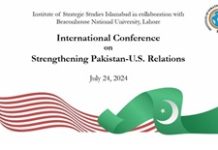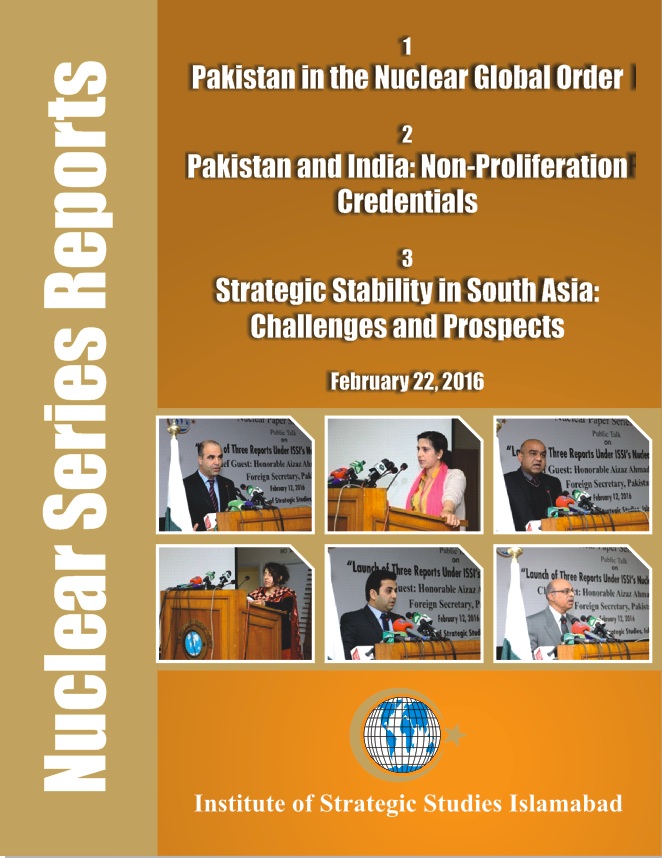Executive Summary
India introduced nuclear weapons in this region in 1974, compelling Pakistan to pursue a similar path. Indian nuclear explosions in 1998 forced Pakistan to develop a more elaborate nuclear force posture, doctrine and command and control system. Pakistan developed its nuclear weapons programme for defensive purposes only and to address its acute security concerns against India. Pakistan’s nuclear weapons programme is India-specific and it will continue to play a deterring role in the national security of Pakistan to defend itself by thwarting both major and limited wars in South Asia.
The introduction of Indian war-fighting strategy ─ the so-called Cold Start Doctrine (CSD) ─ purports to exploit the space for war under the nuclear overhang. India buttresses this strategy by building Ballistic Missile Defence (BMD) and rapidly developing a nuclear triad which includes fighter-bombers, Intercontinental Ballistic Missiles (ICBMs), and Submarine-Launched Ballistic Missiles (SLBMs). In response to the Indian war-fighting strategy, Pakistan has developed low-yield nuclear weapons along with short-range delivery vehicles such as Nasr (with the range of 60 kilometres) to deter a limited war. Arguably, India’s military Cold Start Doctrine appears to be offensive, aimed at waging a limited war, whilst Nasr is defensive to prevent India’s offensive strategy.
In parallel, Pakistan’s development of medium-range ballistic missile capability (Shaheen-3, 2750 kilometres) is to neutralise India’s second-strike capability from the Andaman and Nicobar Island bases. Pakistan says that it maintains a credible minimum deterrence; and that it neither seeks an arms race nor parity with India. Pakistan’s strategic policy is part of the perceived full spectrum deterrence, which remains consistent with broader contours of its credible minimum deterrence and is designed to deter all forms of aggression. The international community largely misperceives Pakistan’s declaratory statements on full spectrum deterrence by associating the concept with bigger numbers. Pakistan continues to pursue a policy of producing a smaller number of deterrent forces with no interest in pursuing a weapon to weapon equalisation strategy. It aims to sustain balance rather than parity and does not want to be part of an unending arms race.
















